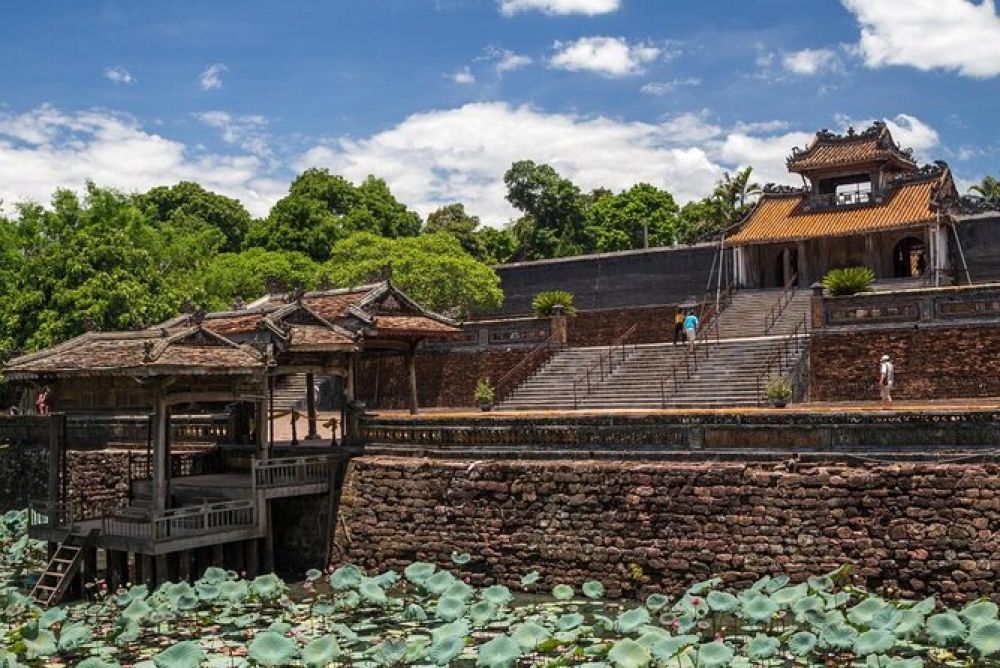

The Tomb of Emperor Tu Duc represents one of the finest examples of Vietnamese royal architecture and a significant historic attraction in Hue, Vietnam. The tomb not only serves as the final resting place of Emperor Tu Duc, the fourth emperor of the Nguyen Dynasty, but it also reflects the intricate relationship between the monarch and his empire during the mid-19th century.
Built between 1864 and 1867, the tomb was intricately designed by the Emperor himself before his death. Tu Duc, known for his sophisticated taste and intellectual nature, created a vast complex serving as a retreat for meditation, reading, and theater performances during his lifetime. After his passing in 1883, it became his final resting place, although the exact location of his remains within the complex remains a mystery.
The history of tourism at the Tomb of Tu Duc can be traced back to the early 20th century, when French colonialists began to recognize the cultural and historic value of the site. However, it wasn't until the late 20th century, particularly after the end of the Vietnam War and the subsequent opening up of the country, that the tomb became more accessible to both domestic and international tourists.
Since then, the Government of Vietnam and UNESCO have collaborated on various conservation projects to restore and preserve the historical integrity of the complex. Such efforts have positioned the Tomb of Tu Duc as a must-visit heritage monument, drawing in visitors with its serene beauty, historical significance, and well-preserved traditional architecture.
Recent trends in tourism at the Tomb of Tu Duc highlight an increasing appreciation for cultural heritage and sustainable tourism practices. Visitors are now seeking more immersive experiences, which has led to the rise of guided tours that offer in-depth historical insights and anecdotes about Emperor Tu Duc's life and reign.
In response to the COVID-19 pandemic, there has been a notable shift towards ensuring health and safety measures at major tourist sites, including the Tomb of Tu Duc. There is a greater emphasis on limiting the number of visitors to prevent overcrowding, as well as enhanced cleaning and maintenance protocols to ensure the safety of both the site and its visitors.
Digital engagement has also become a key aspect of the tourism experience. Virtual tours and online educational resources have been developed to cater to international tourists who may not be able to visit in person. Furthermore, social media has become an essential tool in promoting the site and engaging with a younger demographic.
The Tomb of Emperor Tu Duc continues to be a pillar of Vietnam's historical tourism, captivating visitors with its blend of royal history, stunning landscapes, and architectural beauty. With ongoing conservation efforts and adaptation to modern tourism trends, the tomb remains a cherished site, preserving the legacy of Emperor Tu Duc for future generations to appreciate.